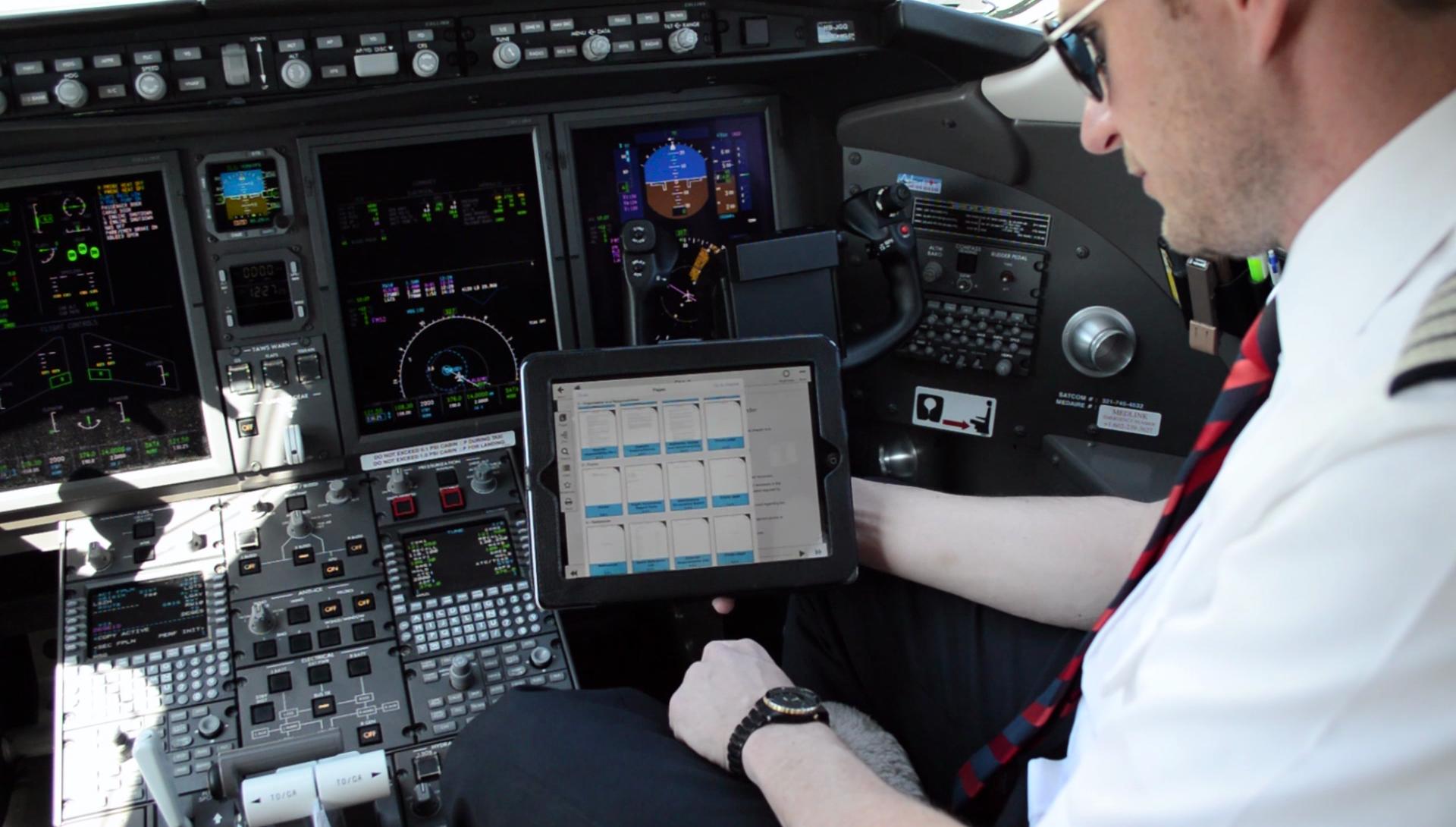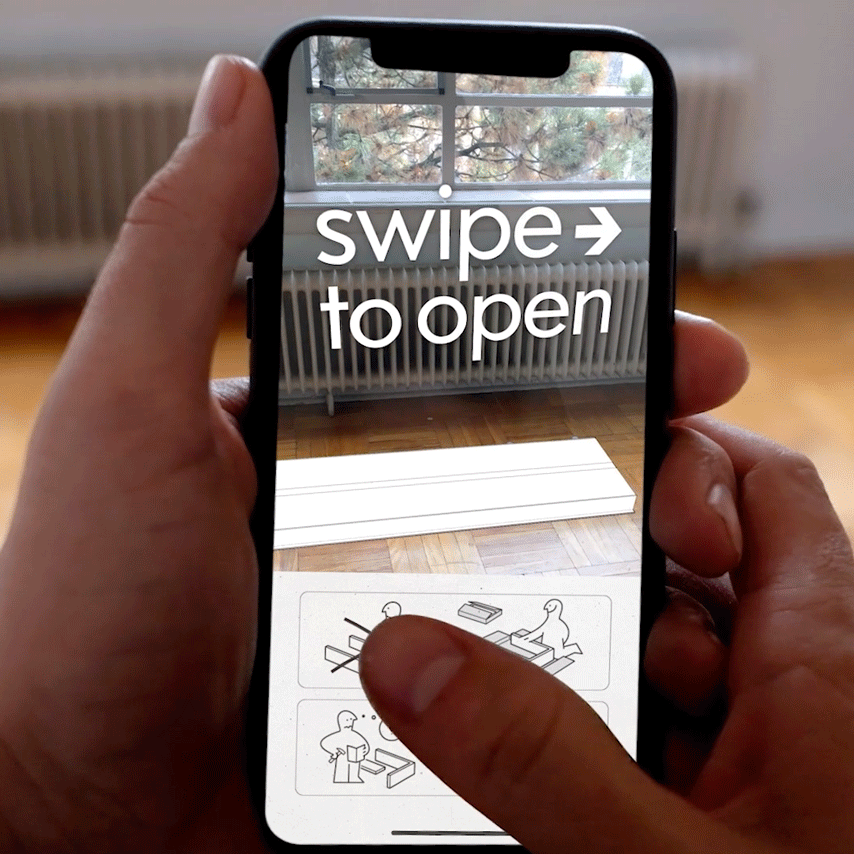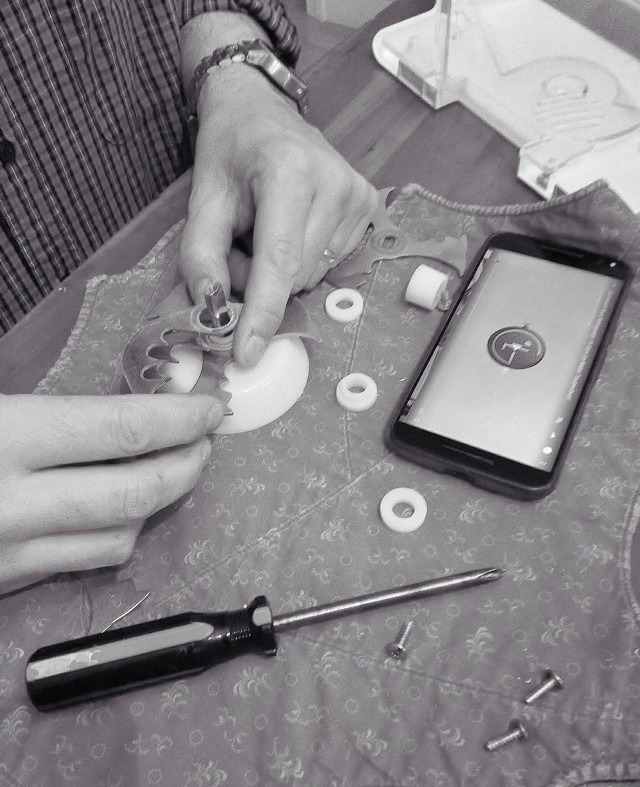User instructions & product documents are an essential component of many categories of consumer products. You bring home a new product, maybe a TV, Printer, a bed or even a frozen food product. Think of the amount of content that accompanies these products including the in-box documents.
Bundles of paper and tiny typeface instructions accompanying the product, usually meet the shredder or sit in the drawers for years without being read especially as consumers are increasingly looking online for their information.
With the advent of the ubiquitous barcodes and the Internet of Things (IoT), a number of brands are going paperless with their product manuals, instructions and product content. Making user manuals and product instructions accessible digitally along with the product makes a lot of sense in today’s context. Not only does it make for a more sustainable paperless mode of operation, electronic labels and product content delivery allow for a personalized user experience along with innovative delivery mechanisms.
With a simple barcode or QR code, brands can replace bundles of booklets and excessive paperwork with a digitally activated user experience where all relevant instructions and product content can be delivered to the customers’ mobile device in rich media formats such as videos, animations and step by step wizard interfaces.
Product-related documentation and ‘How-To’ Manuals can be more detailed if fetched in a digital format.
Technology has allowed brands to design more interactive and user-friendly product manuals. With IoT, anything can be converted into a digital product. One important trend to enable this is by using scannable labels like QR Codes, Barcodes, RFID etc. on the packaging itself so it’s always available and doesn’t end up misplaced or in the trash.
In the case of packaged products, these digital interactions activated on the packaging or the product have opened the door to multiple possibilities. For instance, a packaged product like a simple pasta packet can entail cooking recipes, tutorials, how-to instructions and cooking methodologies on the delivered in a mobile format. The same is also applicable to make-up or personal care brands that could carry personalized instructions of how to achieve a look with the product or other content without paper booklets. Unlike printing booklets of paper, there is no set limit to the extent of information and number of product attributes that can go into these labels.
A lot of companies are moving towards digitalizing their product content. And this is not limited to text manuals or written instructions but includes all the product-related information. Such as product specifications, warnings, how-to manuals, first-time Instructions, tutorials, unboxing and operational videos, DIY instruction guides, podcasts, and user reviews. IoT Platforms that can sustain such formats of multiple digital information can be applied to create digital user manuals and labels through interactive applications.
Digital labels are the Virtual Extensions of Products.
Using their smartphones, customers can pull any data related to the product through a digital code or label on the product. As a result, Digital labels make the user experience more personalized, contextual, orderly and easy to navigate.
Digital Labels serve as the bridge between the customer and the brand or its products.
The BookShout-August collaboration is a great example of how brands are incorporating technology apps to refine customer experience.
In 2015, digital content vendor BookShout partnered with August Smart Lock to digitalize their product instruction manual. Customers could download the BookShout app and download the instructions by scanning a code prior to purchasing their Smart Locks. Digitalizing operating instructions and product’s user manual have replaced the printable cover to cover details of the product manuals.
Another big player in the digital manual sector is Sweden based Web Manuals. Web Manuals is a web-based application for digitizing manuals, enabling control, compliance, and agility for the aviation industry. They have collaborated with brands like Small Planet Airlines, Global Airways, Bluebird Cargo and Iceland Air among others, providing them end-to-end solutions through their digital app. Digitalizing instruction manuals for airlines allow for easier transfer of information, administration and data monitoring.

Web Manual’s App (Image Source: Web Manual’s Website)
Another interesting and recent example of this trend would be IKEA’s AssembleAR App which uses Augmented Reality (AR) to help users assemble products. Designed by Adam Pickard, the app truly has redefined the process of self-assembling flat packed furniture.AssembleAR allows users to scan the barcode on their furniture, which then shows an augmented reality version of the product and the box. Scanning the IKEA’s product’s barcode opens an animated version of the instruction manual which guides the users through the entire process via life-sized instructions.

IKEA assembly made easier through the augmented-reality app: AssembleAR ( GIF Source: Dezeen)
Digital information is more sustainable to compile and edit in the long term. It also forms the centralized repository for all product-related content including videos, images, visual instructions and text. It is evident that users must be able to read and operate products in more effective ways.

Recent Comments